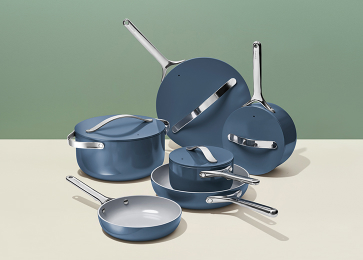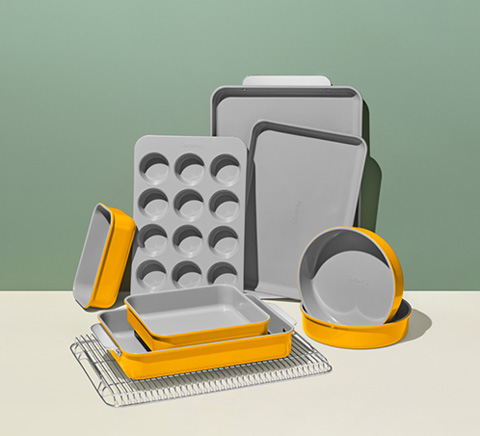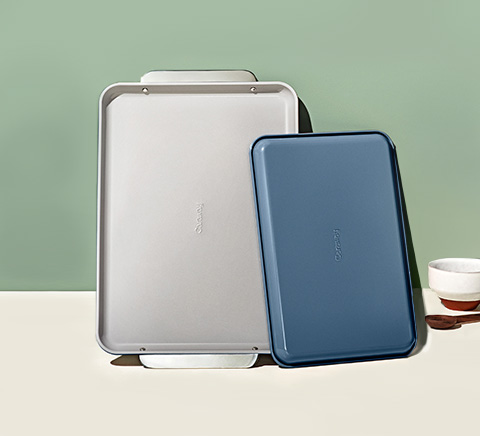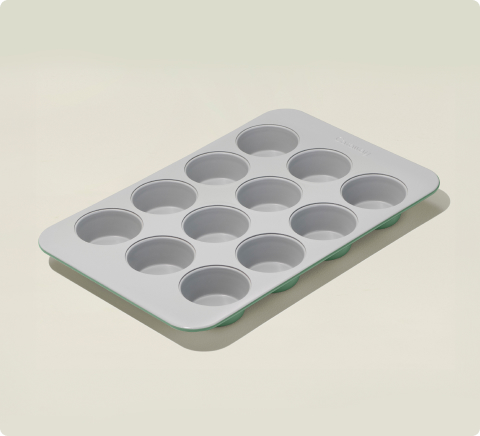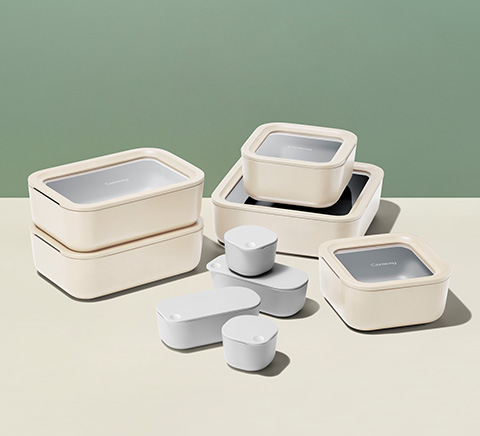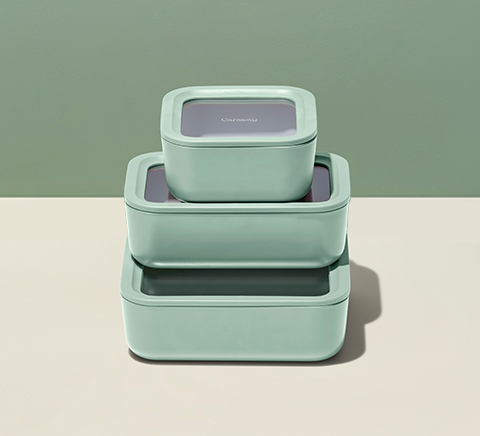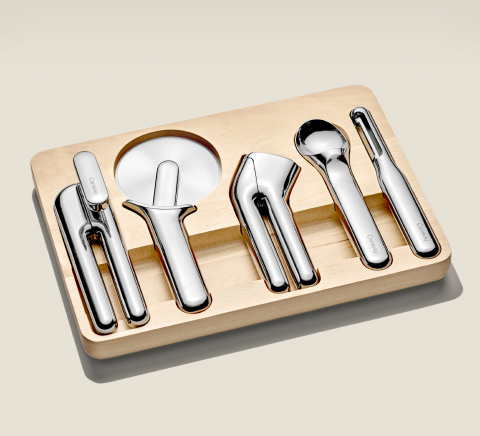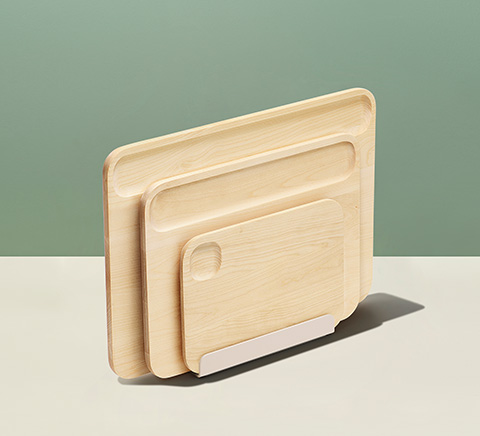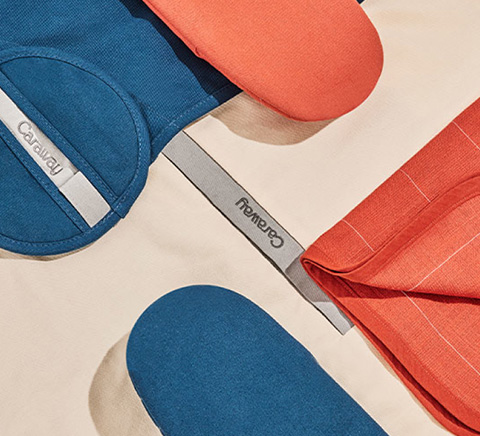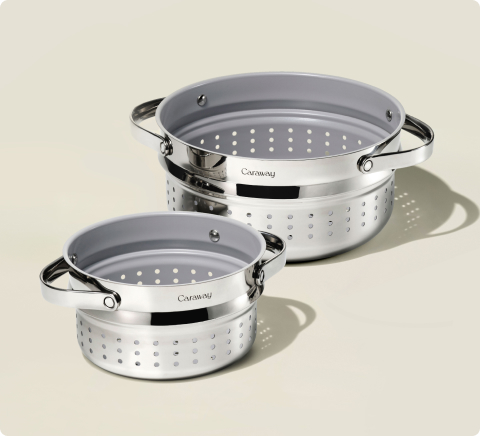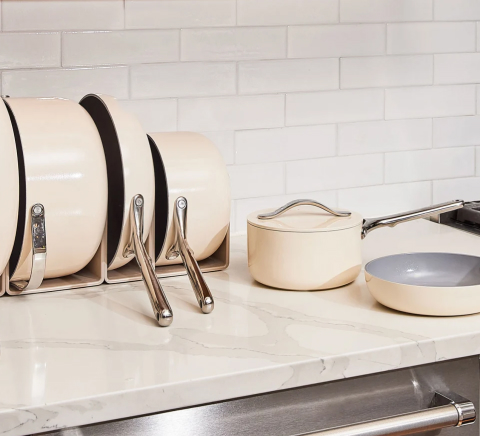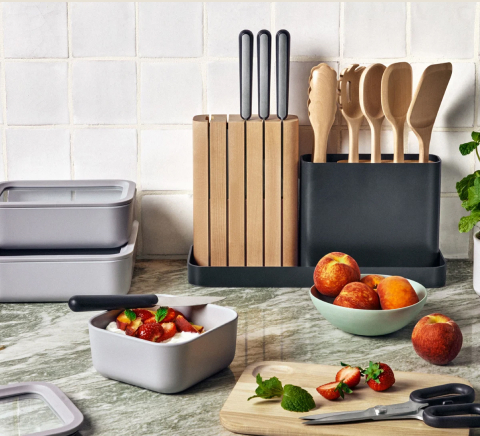Cooking chicken to achieve that perfect balance of juicy tenderness and crispy golden-brown skin can sometimes be tricky. That’s where cast iron cookware comes in.
This versatile tool can take your chicken dishes from ordinary to extraordinary. In this post, we'll look at the many benefits of using cast iron for cooking chicken, from superior searing to even heat distribution. Plus, we'll share tips on how to select and prepare the perfect chicken breast.
Why Should You Cook Chicken Using Cast Iron?
Cooking chicken in cast iron makes meal prep simple and helps you turn simple ingredients into an incredible dinner. Cast iron's excellent heat retention means juicy, tender chicken every time.
Plus, it requires less oil, making your meals healthier. It's versatile, durable, and enhances flavors, making it a must-have kitchen tool.
Searing Cast Iron Skillet Chicken Breasts
Searing chicken is a key step to unlocking rich flavors and a beautiful golden-brown crust. Cast iron is fantastic for searing because it can reach and maintain high temperatures.
When you place a chicken breast in a hot cast iron skillet, it kicks off the Maillard reaction, which is a term for the chemical reaction that gives the seared chicken its delicious, savory flavor and appealing texture.
Heat Distribution
One of the best things about cast iron is its superb heat distribution. Unlike other materials, cast iron heats up evenly across the entire surface, helping you get your chicken to a consistent internal temperature.
This means your chicken cooks uniformly, so you don't end up with overcooked edges and undercooked centers. Whether you're searing, roasting, or baking, cast iron delivers consistent results every time.

Non-Stick
A well-maintained cast iron skillet can have non-stick benefits similar to modern pans. And if you're using Caraway's Enameled Cast Iron, you get the best of both worlds.
This type of cast iron doesn't need seasoning and is easier to clean. The enameled surface is naturally non-stick, making cooking and cleanup a breeze. With Caraway's Enameled Cast Iron, you enjoy traditional cast iron benefits without the extra fuss.
Nutrition
Cooking chicken in cast iron can also be healthier. Since cast iron holds heat so well, you can use less olive oil or vegetable oil while still getting a perfect sear.
Using less oil can cut down the fat content in your meals for an overall healthier diet. Plus, cast iron cookware can add a bit of iron to your food, which is a nice bonus.
What To Consider When Choosing a Chicken Breast
Choosing the right chicken breast sets you up for success. Here's what to look for in terms of freshness, size, and more.
Freshness
Freshness is key when you're adding chicken to your dinner recipes. Fresh chicken should have a mild smell and firm, moist flesh. Steer clear of chicken with any off smells or a slimy texture, as these are signs of spoilage. Fresh chicken not only tastes better but also cooks more evenly.
Size and Thickness
Choosing chicken breasts that are similar in size and thickness is important for even cooking. If your chicken breasts vary in size, they'll cook at different rates, leading to uneven doneness. For the best results, pick chicken breasts that are about the same size and thickness. If needed, you can pound them to an even thickness before cooking.
Bone-In vs. Boneless
Bone-in chicken breasts tend to be juicier and more flavorful than boneless ones. The bone helps retain moisture and adds depth to the flavor. However, boneless skinless chicken breasts are more convenient and cook faster. Depending on your preference and the recipe, either option can work well.
Skin-On vs. Skinless
Skin-on chicken breasts give you a crispy texture and extra flavor from the rendered fat. Skinless chicken breasts, on the other hand, are lower in fat and calories. If you're looking for a healthier option, go for skinless. If flavor and texture are your main goals, skin-on is the way to go.

Packaging
When buying chicken, check the packaging to make sure it's vacuum-sealed or airtight. Vacuum-sealed packaging helps keep the chicken fresh and prevents contamination. Avoid chicken with damaged or leaking packaging, as this can be a sign of spoilage or poor handling.
How To Cook a Chicken Breast Recipe: FAQs Answered
Seasoning
Start by seasoning your chicken breasts generously with kosher salt, black pepper, and your favorite fresh herbs and spices. We recommend paprika, garlic powder, and onion powder for a nice, balanced flavor. A solid seasoning mix can really enhance the natural flavors of the chicken and create a delicious crust during cooking.
Preheating
Preheat your cast iron skillet over medium-high heat until it's hot enough that a drop of water sizzles and evaporates on contact. Preheating is key for searing, as it helps the chicken sear immediately when it hits the hot pan, locking in juices and creating a flavorful crust.
Searing
Add a small amount of cooking oil to the skillet and swirl it to coat the bottom. Place the chicken breasts in the skillet, skin-side down if you're using skin-on breasts. Let them sear without moving for several minutes until a golden-brown crust forms. Flip the chicken and sear the other side.

Monitoring Internal Temperature
Use a meat thermometer to check the internal temperature of the chicken breasts. They're safe to eat when they reach an internal temperature of 165°F (74°C). Insert the thermometer into the thickest part of the breast for an accurate reading.
Basting
For extra flavor and moisture, baste the chicken with its own juices or a mixture of butter and herbs during the last few minutes of cooking. Tilt the skillet slightly and use a spoon to pour the hot liquid over the chicken. This step adds a delicious glaze and keeps the chicken moist.
What Are the Best Side Dishes for Chicken?
Pairing your perfectly cooked chicken breast with the right side dishes can make your meal truly special.
Here are a few options:
-
Roasted Veggies: Carrots, potatoes, and Brussels sprouts roasted in the same cast iron skillet can complement the chicken beautifully.
-
Salads: A fresh, crisp salad with a tangy vinaigrette can balance the richness of the chicken.
-
Rice or Quinoa: These grains can soak up the delicious juices from the chicken, making for a hearty and satisfying side.
-
Mashed Potatoes: Creamy mashed potatoes provide a comforting contrast to the crispy, flavorful chicken.
How To Store and Reheat Leftovers
If you have leftover chicken, store it in an airtight container in the refrigerator. Properly stored, cooked chicken can last for three to four days. To reheat, use the oven or stovetop rather than the microwave to keep the texture and moisture. Heat the chicken gently at a low temperature until warmed through.
A Final Word on Cast Iron Chicken
Cooking chicken in cast iron is one of the best ways to make a delicious weeknight dinner without too much prep time. The excellent heat retention and distribution of cast iron means your chicken will be cooked to perfection every time. Plus, with Caraway's Enameled Cast Iron, you get these benefits without the need for seasoning and with easier cleanup.
Whether you're searing, baking, or roasting, cast iron can handle it all. The nutritional benefits of cooking with less oil and the enhanced flavors from proper searing make cast iron a must-have in your kitchen.
Sources
Food Processing and Maillard Reaction Products: Effect on Human Health and Nutrition | PMC
